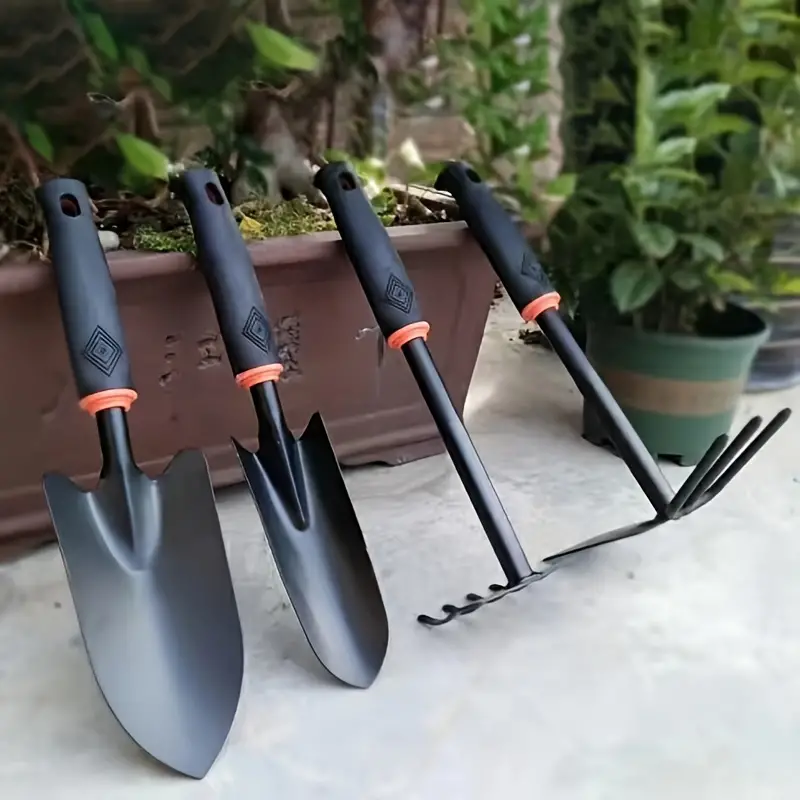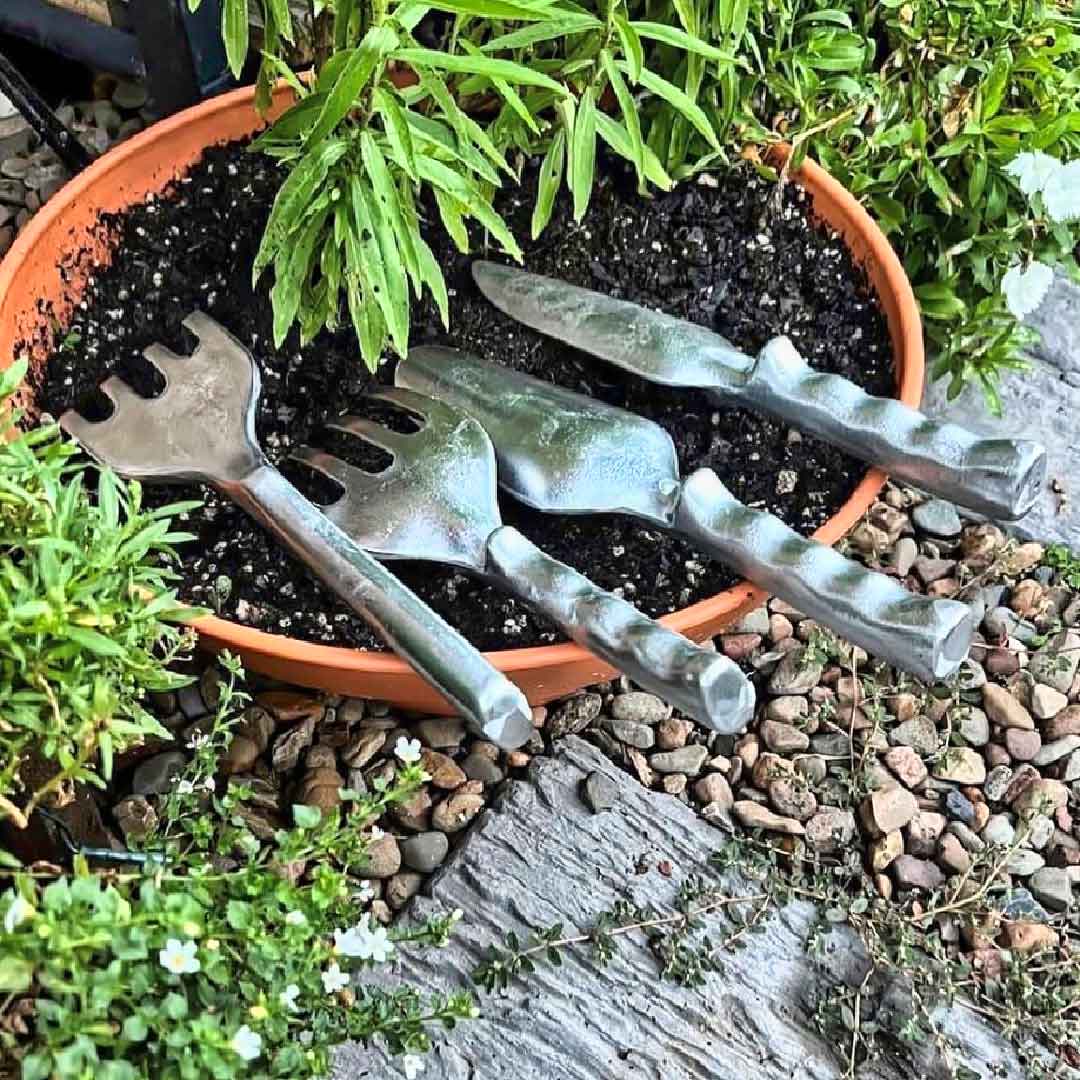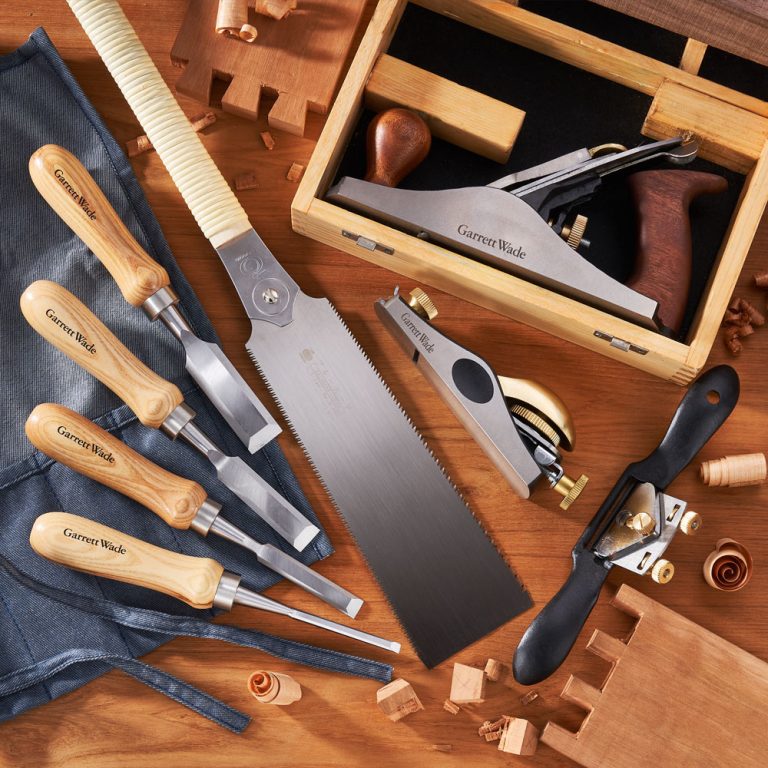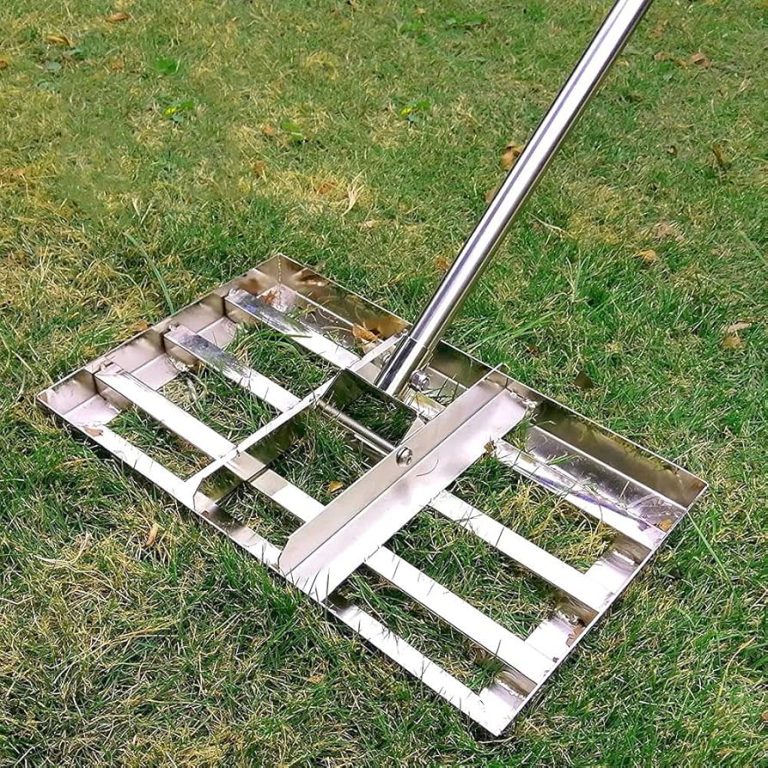Introduction to Garden Cultivators
Garden cultivators revolutionize soil preparation. These hand tools loosen and aerate soil efficiently. Gardeners rely on cultivators for various tasks. They improve soil structure and plant growth. Cultivators come in different shapes and sizes. Understanding their uses enhances gardening success.Maximize your gardening potential with our versatile garden cultivator hand tool, designed for efficient soil cultivation and weed control.
The Purpose of Garden Cultivators
Cultivators create air pockets in soil. This process allows roots to breathe. It promotes healthy plant growth. Aerated soil drains better and retains nutrients.These tools effectively disrupt weed growth. They uproot small weeds before they establish. Regular cultivation reduces weed problems. It’s an eco-friendly alternative to herbicides.
Cultivators blend fertilizers into soil. They incorporate compost evenly. This ensures plants receive balanced nutrition. Proper mixing improves soil quality over time.After rain, soil often forms a hard crust. Cultivators break this crust easily. This action allows water and nutrients to penetrate. It prevents seedlings from struggling to emerge.
Types of Garden Cultivators
Garden Cultivator Hand Tool:Hand Cultivators
Hand cultivators resemble large forks. They typically have three to five tines. These tools work well in small spaces. Gardeners use them for precision work around plants.
Garden Cultivator Hand Tool:Wheel Cultivators
Wheel cultivators feature rotating tines. They cover larger areas more quickly. These tools suit bigger gardens or allotments. They reduce the physical effort required for cultivation.
Garden Cultivator Hand Tool:Cape Cod Weeders
Cape Cod weeders have a single pointed blade. The blade attaches at a right angle to the handle. They excel at removing weeds between rows. These tools offer precise control in tight spaces.
Garden Cultivator Hand Tool:Oscillating Cultivators
Oscillating cultivators have a blade that moves back and forth. This motion cuts through soil efficiently. They work well for breaking up compacted soil. Gardeners appreciate their effectiveness in various soil types.
Choosing the Right Cultivator
Small gardens benefit from hand cultivators. Larger areas may require wheel cultivators. Match the tool to the scale of your gardening projects. This ensures efficiency and comfort.Heavy clay soils need sturdy cultivators. Sandy soils allow for lighter tools. Consider your soil composition when selecting a cultivator. The right tool makes work easier and more effective.
Ergonomic handles reduce strain during use. Look for comfortable grips and appropriate length. Some cultivators offer adjustable handles. This feature accommodates different user heights.Durable tines withstand regular use. Stainless steel resists rust and corrosion. Carbon steel offers strength but requires more maintenance. Choose based on your gardening needs and climate.
Proper Techniques for Using Garden Cultivators
Start with slightly moist soil. Overly wet or dry soil hampers effectiveness. Clear large debris before cultivating. This prevents damage to the tool and improves results.Hold the cultivator at a slight angle. This position maximizes soil contact. It also reduces strain on your wrists and arms. Adjust the angle based on soil conditions.
Maintain steady pressure while cultivating. Avoid excessive force, which compacts soil. Let the tool’s weight do most of the work. This technique ensures thorough but gentle soil preparation.Divide large areas into manageable sections. This approach ensures even cultivation. It also prevents fatigue during extended use. Take breaks between sections to rest.
Cultivate in straight lines or a grid pattern. This method ensures complete coverage. It also helps maintain neat garden beds. Overlap slightly to avoid missing spots.
Maintaining Your Garden Cultivator
Clean After Each Use
Remove soil and debris after use. This prevents rust and extends tool life. Use a stiff brush or hose to clean thoroughly. Dry the tool completely before storage.
Sharpen Tines Regularly
Keep tines sharp for optimal performance. Use a file to maintain sharp edges. Sharp tines require less effort during use. They also cause less damage to plant roots.
Oil Moving Parts
Apply lubricating oil to moving parts. This prevents rust and ensures smooth operation. Pay special attention to joints and pivot points. Reapply oil periodically, especially in humid climates.
Store Properly
Hang cultivators to prevent damage. Keep them in a dry, covered area. Avoid leaving tools outside or in damp conditions. Proper storage extends the life of your cultivator.
Inspect Regularly
Check for loose or damaged parts before use. Tighten any loose screws or bolts. Replace broken tines promptly. Regular inspections prevent accidents and ensure tool effectiveness.
Garden Cultivator Safety
Use gloves to protect hands from blisters. Wear closed-toe shoes to guard against injuries. Consider eye protection when cultivating dry soil. Safety goggles prevent flying debris from causing harm.Watch for obstacles while cultivating. Avoid rocks, roots, and irrigation lines. Be mindful of nearby plants and their roots. Careful attention prevents damage to garden features.
Maintain a straight back while working. Bend at the knees, not the waist. This posture reduces strain on your back. Take frequent breaks to avoid fatigue.Sharp tools require less force to use. This reduces the risk of slips and accidents. Maintain your cultivator’s tines regularly. Sharp tools also cause less damage to plant roots.
Keep cultivators out of reach of children. Store them with tines facing down. This prevents accidental injuries. Ensure storage areas are dry and secure.
Innovative Cultivator Designs
Some cultivators feature adjustable handles. These accommodate users of different heights. Telescoping handles also allow for compact storage. They offer versatility in various gardening situations.Modern cultivators may have removable heads. This feature allows one handle to serve multiple functions. Gardeners can switch between cultivating, weeding, and other tasks. It reduces the need for multiple tools.
Advanced cultivators incorporate ergonomic design. Cushioned grips reduce hand fatigue. Angled handles improve working posture. These features enhance comfort during extended use.For larger gardens, electric hand cultivators exist. They offer power without the weight of gas models. Electric cultivators suit those with limited strength. They cover large areas quickly and efficiently.
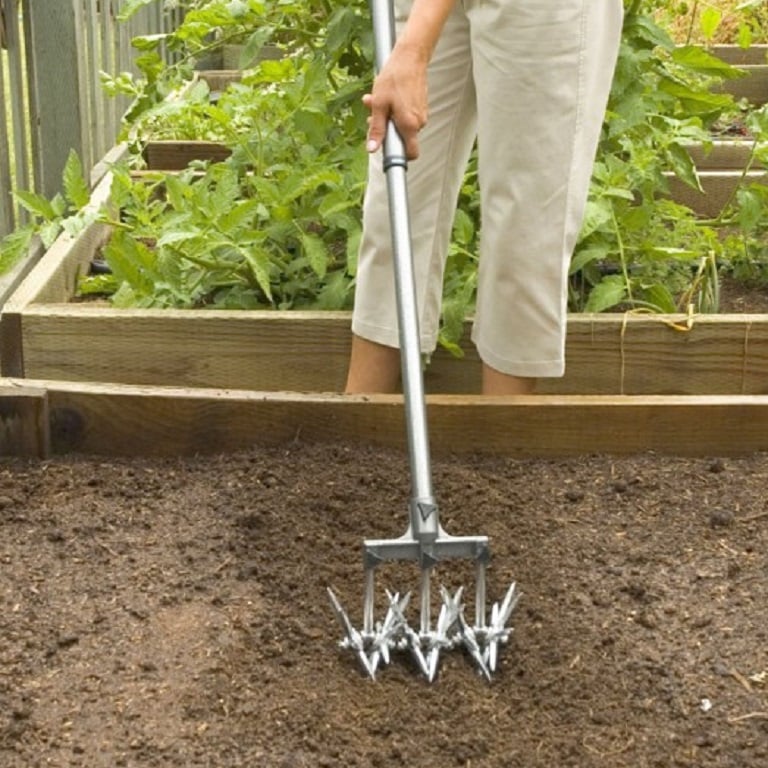
Cultivators in Different Gardening Styles
Cultivators excel in maintaining rows. They loosen soil between plants easily. Gardeners use them to create furrows for planting. They also help maintain pathways between rows.In raised beds, hand cultivators prove invaluable. They maneuver well in confined spaces. These tools help maintain soil structure without compaction. They’re ideal for intensive planting methods.
Small hand cultivators suit container gardens. They loosen soil in pots and planters. These tools help incorporate fertilizers in limited spaces. They’re essential for maintaining healthy container plants.Even in no-till systems, cultivators have a place. They gently loosen the top layer of soil. This action improves seed-to-soil contact for better germination. It also helps incorporate organic matter without disturbing soil structure.
Environmental Benefits of Hand Cultivation
Hand cultivators require no fuel. They produce no emissions during use. This makes them environmentally friendly. Gardeners reduce their carbon footprint by choosing manual tools.Gentle hand cultivation preserves soil structure. It doesn’t disrupt beneficial soil organisms. This approach maintains long-term soil health. It supports sustainable gardening practices.
Well-cultivated soil retains moisture better. This reduces the need for frequent watering. Improved water retention benefits plants and conserves resources. It’s especially important in drought-prone areas.Hand cultivators operate silently. This benefits both the gardener and neighbors. It allows for peaceful gardening experiences. Wildlife also benefits from reduced noise pollution.
Cultivators in Professional Landscaping
Professional landscapers use cultivators for detailed tasks. These tools allow for precise soil preparation around plants. They’re essential for creating and maintaining ornamental beds.In large projects, wheel cultivators save time. They prepare soil quickly for new plantings. Landscapers appreciate their efficiency in commercial settings. These tools help maintain high standards of soil care.
Cultivators adapt to different landscaping needs. They work in residential gardens and public spaces. Professionals choose cultivators based on specific project requirements. This versatility makes them indispensable in landscaping work.Regular cultivation maintains landscape appearance. It prevents weed growth in mulched areas. Cultivators help refresh the soil surface in ornamental beds. This ongoing care enhances the longevity of landscape designs.
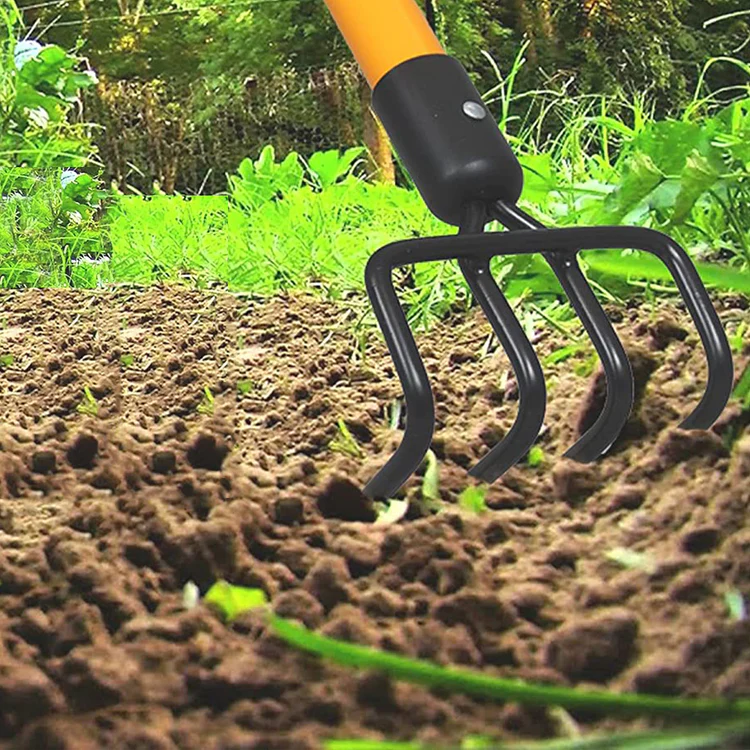
The Future of Garden Cultivators
Future cultivators may incorporate sensors. These could analyze soil conditions in real-time. Smart tools might suggest optimal cultivation depth. This technology could enhance precision in gardening practices.Manufacturers explore eco-friendly materials. Recycled plastics and metals reduce environmental impact. Biodegradable components might become more common. This trend aligns with growing environmental awareness.
Ongoing research focuses on reducing user strain. Future designs may offer better weight distribution. Advanced handle designs could improve comfort. These improvements will make cultivation more accessible to all gardeners.Cultivators may evolve into more versatile tools. Attachments could expand their functionality. One tool might serve multiple gardening needs. This evolution could streamline gardening tool collections.
Conclusion: Embracing the Garden Cultivator
Garden cultivators stand as essential tools for any gardener. They improve soil health and plant growth. These versatile implements suit various gardening styles. From small urban plots to large landscapes, cultivators prove their worth. They offer an eco-friendly approach to soil management. As designs evolve, cultivators become more efficient and user-friendly. Gardeners who master cultivator use enjoy healthier, more productive gardens. Embracing this tool enhances the gardening experience. It connects gardeners more closely with their soil and plants. The humble garden cultivator remains a cornerstone of successful gardening practices.
